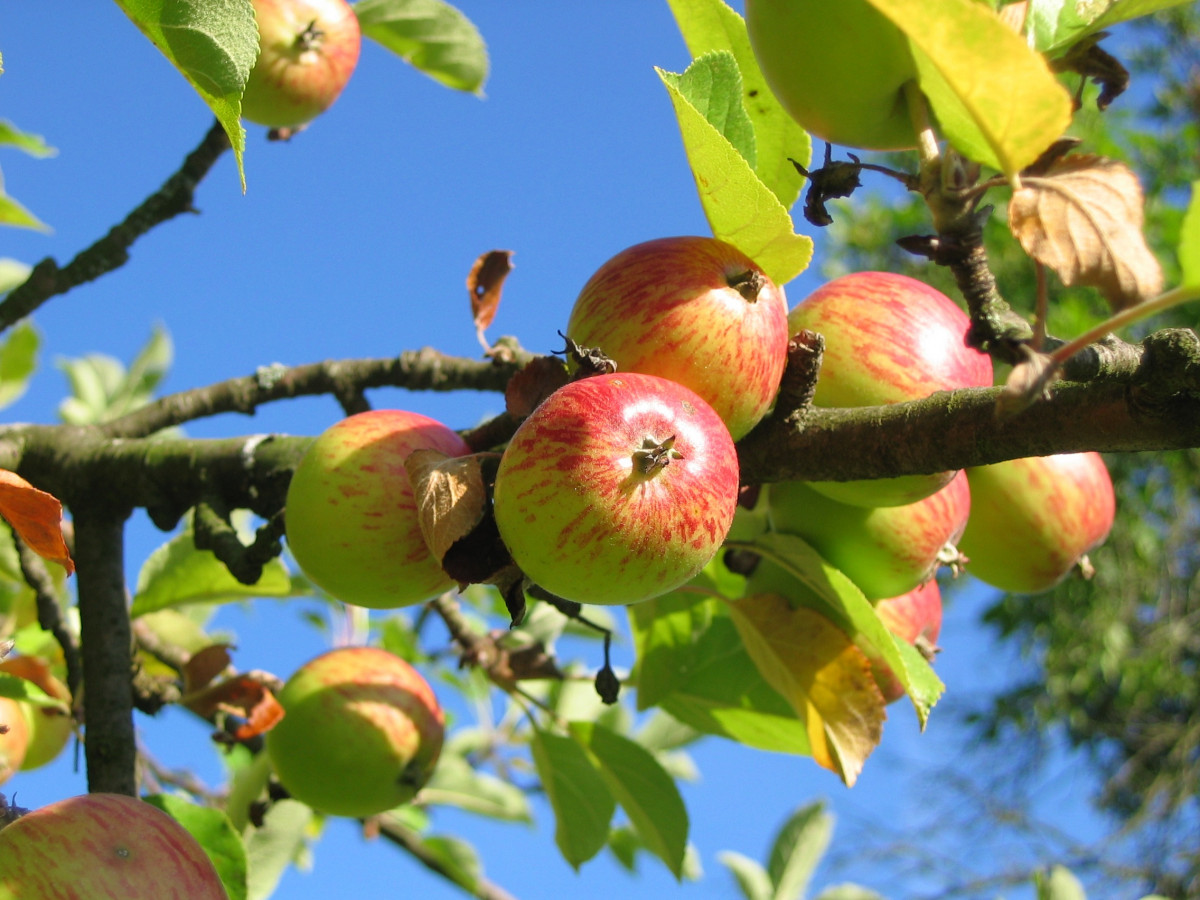The orchard

In the Veneto region of the Po Valley, an area rich in agricultural and rural traditions, the term ‘brolo’ (derived from the late Latin brogilus) is still in use today to designate the orchard located adjacent to residences. This orchard, once intended primarily for self-consumption, had a fundamental function in the daily life of noble and farming families. For the Claricini Dornpacher family, belonging to the original Cividale branch, the orchard was a vitally important resource, not only for the availability of fresh fruit, but also as a place of harmony between the dwelling and the surrounding landscape. During the 19th and 20th centuries, in fact, farming was closely linked to family subsistence and local traditions.
Following an important and respectful redevelopment of the villa’s green areas, the area once used as a brolo has regained its beauty and functionality, becoming once again home to an orchard that displays the ancient varieties of fruit plants that were typical of the Veneto and Friuli rural landscape. The intervention, aimed at recovering the historicity of this space, has seen the reintroduction of local species and varieties, many of which were in danger of disappearing due to modernisation and the homogenisation of crops.
As you stroll through this renovated orchard, you can immerse yourself in history and nature, admiring the ancient varieties of fruit trees, including apricot, peach, cherry, black cherry, apple, pear and many other species that once embellished and characterised the rural landscape of Veneto and Friuli. Each of these plants tells a story of agricultural tradition, of knowledge handed down and of a deep bond with the land.
The intervention is not only limited to restoring an aesthetic aspect, but has a clear biodiversity conservation purpose: preserving and enhancing local fruit varieties means, in fact, protecting a unique genetic heritage that is an integral part of our agricultural culture. Moreover, the orchard, thanks to its heterogeneity and variety of cultivated plants, also performs an important ecological function, helping to maintain the balance of the land, improving soil quality and providing shelter and refreshment for various animal species.
In this way, the redevelopment of the brolo not only recovers a historical and symbolic aspect, but also makes a commitment to the future, seeking to protect the environment and biodiversity for generations to come. Walking among the fruit trees today is not only a sensory experience of natural beauty, but also an act of awareness towards the protection of agricultural traditions that, although threatened, are still vital and fundamental to our bond with the land.
